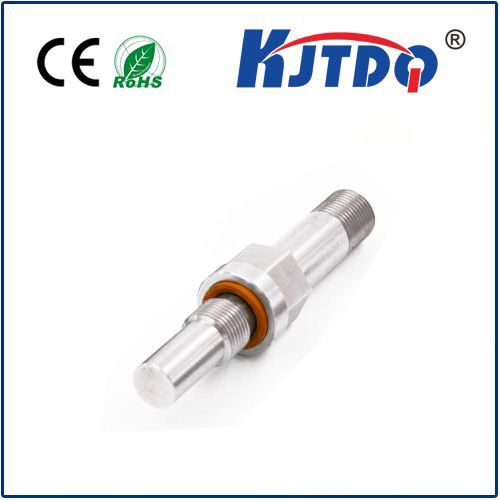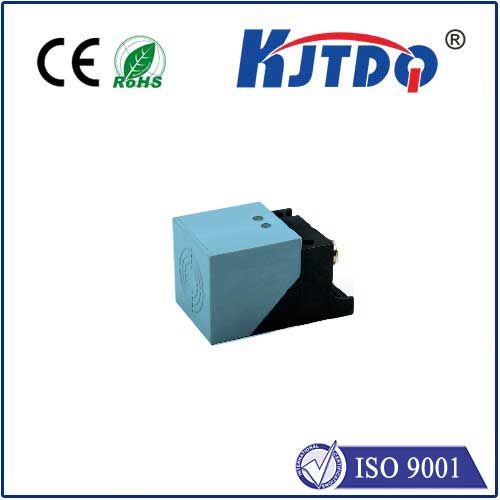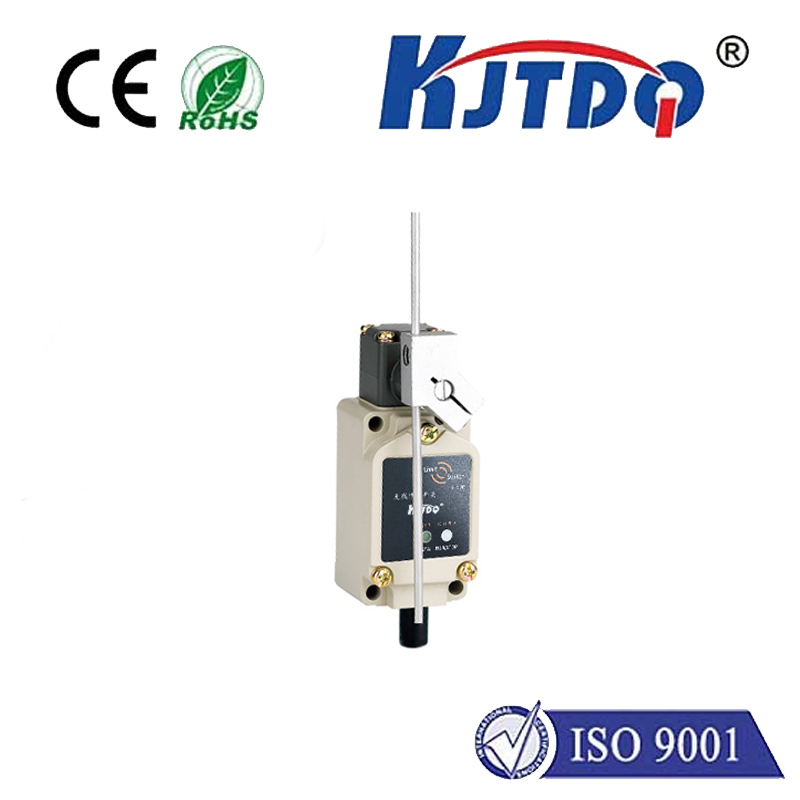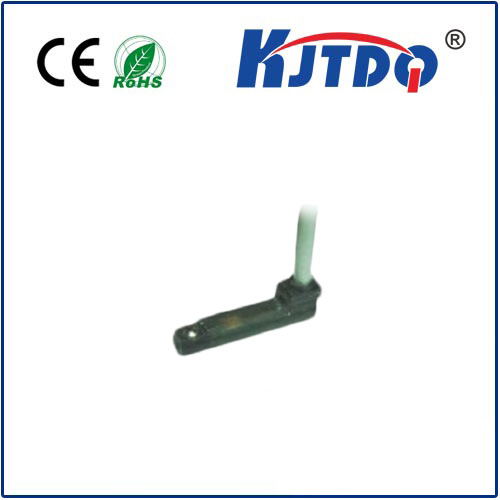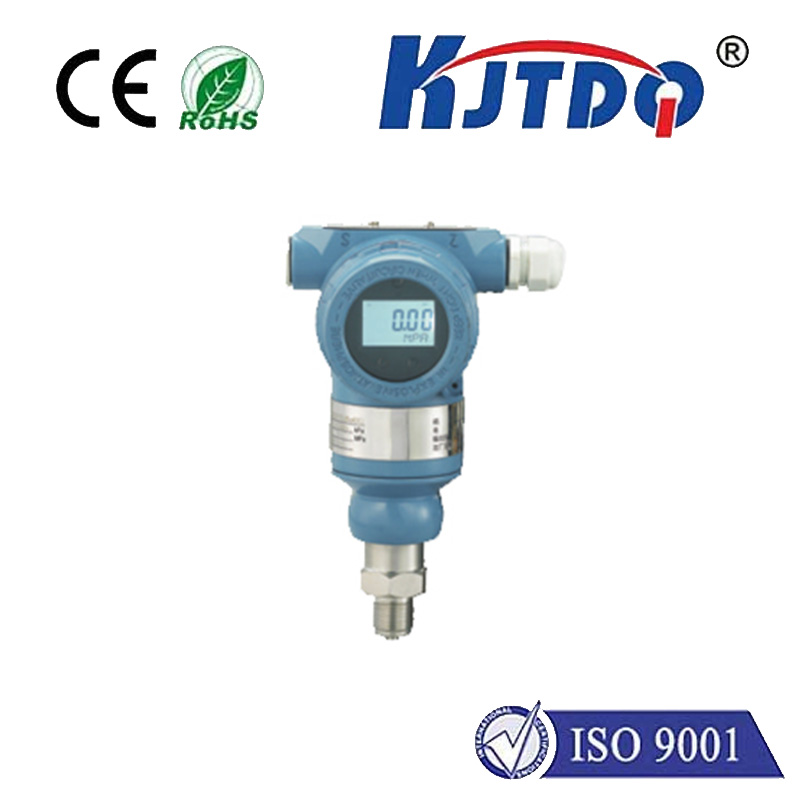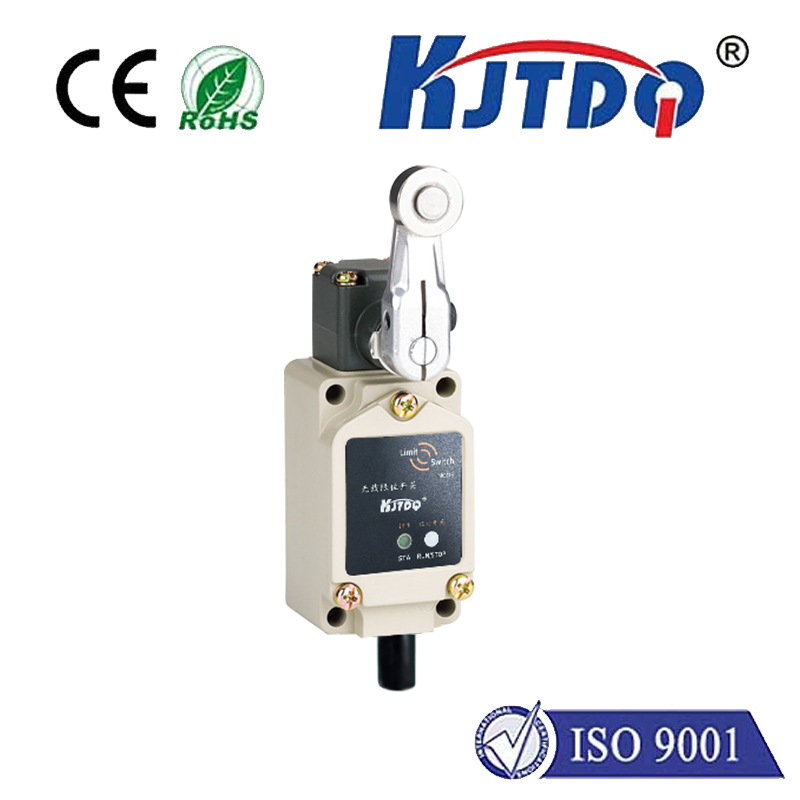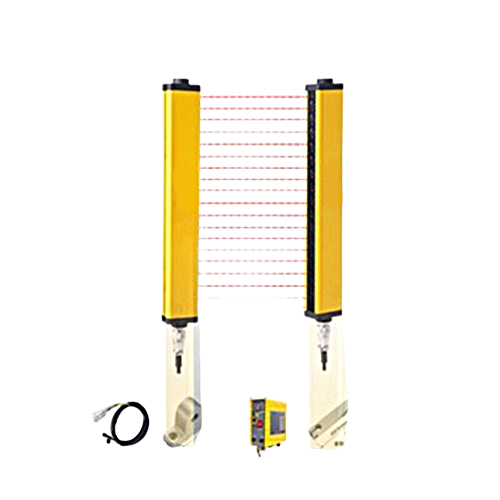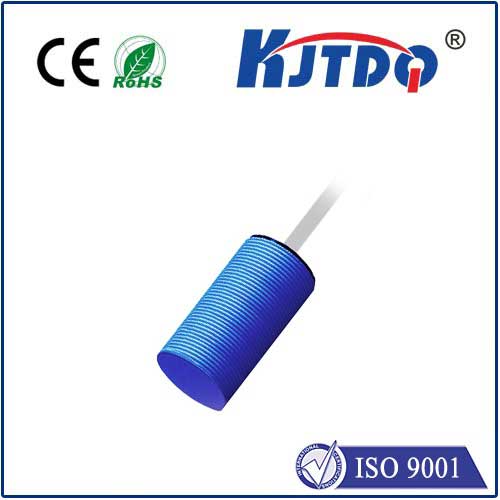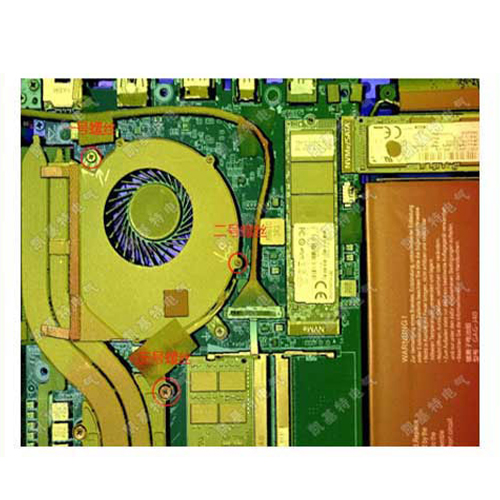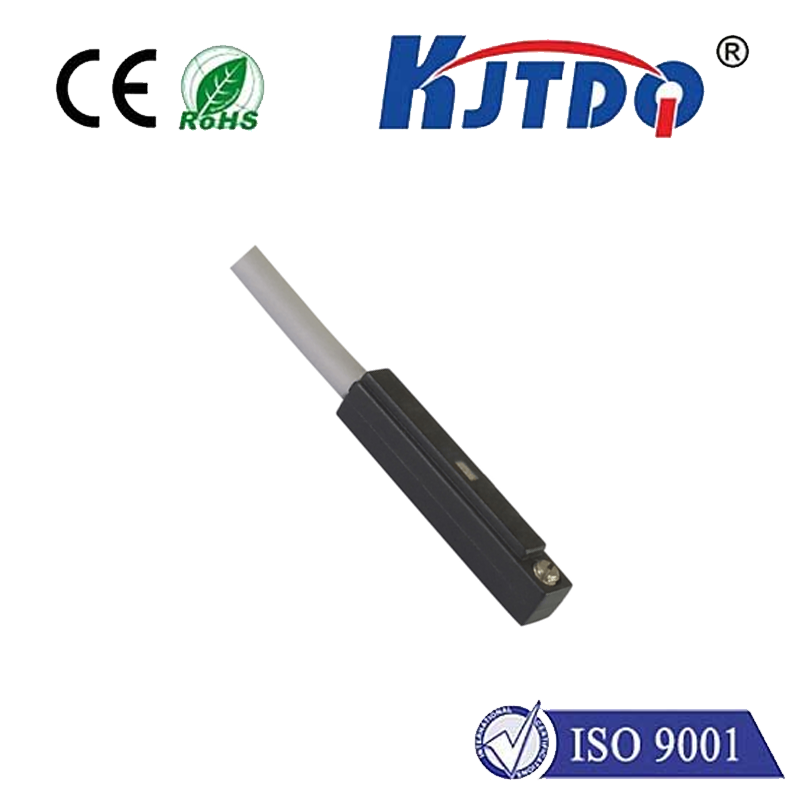types of optical fibre sensors
- time:2025-08-16 01:31:45
- Click:0
Exploring the Key Types of Optical Fibre Sensors and Their Cutting-Edge Applications
Imagine a sensing technology immune to the roar of electromagnetic interference, capable of probing locations too harsh, too small, or too hazardous for conventional electronics. Optical fibre sensors make this a reality. Leveraging light as the information carrier, these sophisticated sensors have emerged as indispensable tools across diverse industries, from safeguarding critical infrastructure to enabling medical breakthroughs. Unlike their electrical counterparts, they offer unparalleled advantages: intrinsic safety in explosive environments, resistance to corrosion and EMI, capability for distributed sensing over vast distances, and the potential for multiplexing numerous sensors on a single fibre strand. At the heart of this revolution lies the diversity of optical sensing techniques. Understanding the different types of optical fibre sensors is key to unlocking their vast potential.

The Foundation: How Optical Fibres Sense
Before diving into specific types, grasping the fundamental principle is crucial. A traditional optical fibre comprises a core, cladding, and protective coating. Light travels down the core via total internal reflection. Optical fibre sensors cleverly exploit the properties of this guided light. The core concept is that an external parameter (such as temperature, strain, pressure, vibration, or chemical concentration) interacts with the optical fibre or a specialized sensing element attached to it. This interaction modifies a characteristic of the light propagating within the fibre. Sensor types are primarily distinguished by which optical property they measure:
- Intensity Modulation (~ Change in Light Power)
- Principle: The simplest approach. The physical parameter being measured causes a change in the intensity (power) of the light transmitted through, reflected from, or coupled into the fibre. Changes in fibre bending (microbending or macrobending), alignment, or attenuation due to the measurand cause detectable light loss.
- Implementation: Often involves mechanical arrangements where the measurand physically moves components (like shutters, mirrors, or fibre ends), alters the bending radius, or modulates an absorbing/reflective coating interacting with the evanescent field.
- Advantages: Conceptually simple, relatively low-cost components, straightforward signal processing.
- Disadvantages: Highly susceptible to variations in the light source power or connector losses, which can mask the actual signal. Requires stable reference paths or sophisticated compensation techniques for reliable measurements.
- Applications: Used in simple proximity sensors, liquid level detectors, on/off vibration sensors, and some physical displacement monitoring scenarios where high precision isn’t paramount. Often found in lower-cost industrial settings.
- Fibre Bragg Grating (FBG) Sensors (~ Change in Reflected Wavelength)
- Principle: An FBG is a permanent, periodic modulation of the refractive index inscribed into the core of the optical fibre. It acts like a highly selective wavelength-specific mirror. When broadband light travels down the fibre, the FBG reflects a very narrow band of wavelengths centred at the Bragg wavelength (λ_B). The fundamental relationship is λ_B = 2nΛ, where
n is the effective core refractive index and Λ is the grating period. Crucially, strain (changing Λ) and temperature (changing n and Λ) directly shift λ_B. Measuring this spectral shift precisely reveals the measurand.
- Implementation: FBGs are typically written using UV lasers. Interrogation requires a broadband light source and a wavelength detection system (like a spectrometer or tunable filter).
- Advantages: Absolute wavelength-encoded measurement (immune to intensity fluctuations), inherent multiplexibility (many FBGs at different wavelengths on one fibre), excellent linearity and sensitivity, robust performance.
- Disadvantages: Requires relatively more complex (and potentially expensive) interrogation equipment compared to intensity sensors. Temperature and strain need decoupling strategies (using reference gratings or specialized packaging).
- Applications: Dominates structural health monitoring (SHM) of bridges, dams, buildings, aircraft wings (measuring strain, temperature, vibration). Widely used in oil & gas downhole sensing (pressure, temperature), composite material testing, and medical devices.
- Interferometric Sensors (~ Change in Optical Phase)
- Principle: These highly sensitive sensors measure the phase shift of light caused by the interaction with the measurand. They involve splitting light into two (or more) paths – a sensing path exposed to the parameter and a reference path (which might be shielded). When the beams recombine, they interfere, creating an intensity pattern dependent on the relative phase difference. Changes in the measurand alter the optical path length in the sensing arm, shifting the phase and thus the interference pattern, allowing detection of minute changes.
- Common Configurations:
- Mach-Zehnder Interferometer (MZI): Uses two separate fibre paths (sensing + reference) and two couplers (splitter and combiner). Changes in strain or temperature along the sensing fibre cause phase shifts.
- Michelson Interferometer: Similar to MZI but uses mirrors at the ends of the sensing/reference arms to reflect light back to the input coupler.
- Fabry-Perot Interferometer (FPI): Involves creating a micro-cavity (two partially reflective mirrors) within or at the end of the fibre. Light reflects multiple times, and the cavity length (changed by pressure, temperature, strain) alters the interference condition of the reflected light spectrum.
- Sagnac Interferometer: Sensitive to rotation (basis of fibre optic gyroscopes). Light travels clockwise and counter-clockwise around a coil. Rotation induces a relative phase shift (Sagnac effect) proportional to the rotation rate.
- Advantages: Extremely high sensitivity and precision (down to micro-strains or nano-radians), capable of detecting very small acoustic/vibrational signals.
- Disadvantages: Can be complex to fabricate (especially intrinsic FP cavities), often require *complex












